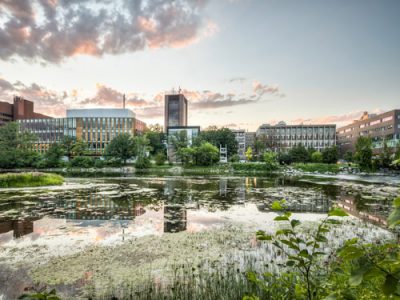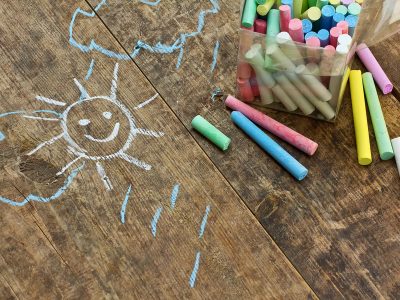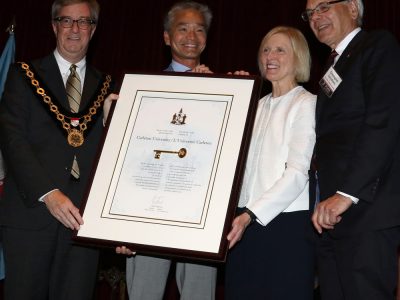By Tyrone Burke
While reviewing hospital records from the Sioux Lookout Health Centre in northern Ontario, Tom Kovesi noticed a high number of children had symptoms of respiratory conditions that can be caused by mold. A pediatric respirologist at the Children’s Hospital of Eastern Ontario in Ottawa, Kovesi recognized that ensuring people knew how to get rid of mold in their homes could help improve the health of local children.
But getting the word out wasn’t going to be easy. The 49 First Nations communities that make up Nishnawbe Aski Nation are spread across a vast swath of northwestern Ontario. Public health materials in First Nations languages didn’t exist, and the existing English-language toolkits were difficult to understand. They’d also been developed with urban settings in mind, so they weren’t a perfect fit with some aspects of rural life.
“There is some high-level scientific information about mold that’s available from the various government departments and agencies, but there wasn’t anything really simple,” says Ariel Root, a PhD student in Carleton’s School of Public Policy and Administration.
Root worked with youth from Nishnawbe Aski Nation communities to develop public health educational materials in Oji-Cree that will help spread the word about the health impacts of mold, and steps to mitigate them – like proper cleaning techniques and installing a heat recovery ventilator.
“If a tool kit is full of jargon, no one will use it. We wanted to make materials that are targeted to our communities, user-friendly and easy to follow – and we wanted to focus them in ways that are relevant to our community members. Working with students from those communities was really beneficial.”
Root got in touch with support staff at Sioux North Public High School to identify students who had an interest in health, design or communications and might be interested in contributing to this project.
Rinda and Desiree Trout — both Sioux North graduates from Lac Seul First Nation — conducted a literature review to identify existing public health materials on the subject, and assessed which parts of these materials would be most relevant to members of their communities.
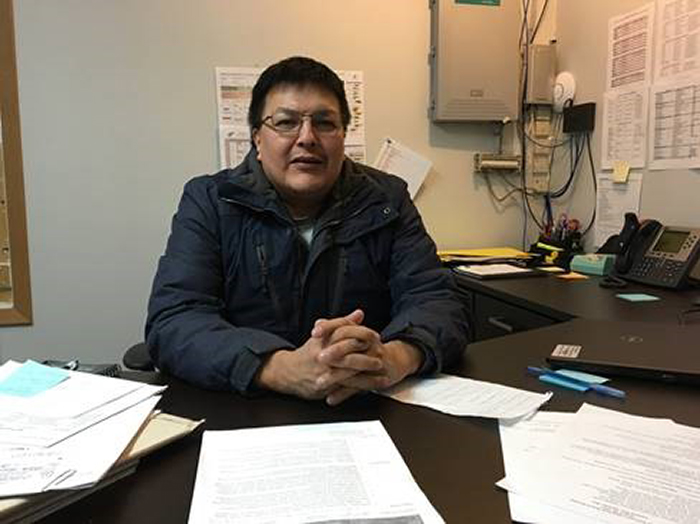
Charles Brown
That information was translated by Charles Brown of the Kwayaciiwin Education Resource Centre, a regional education organization responsible for language and math curriculum delivered in First Nations communities. Then it was transformed into to eye-catching, accurate rack cards by Keiara Sawanis — a student from Sandy Lake First Nation. Sawanis worked with Root to consult with community members and obtain feedback on readability, relevance and design.
The physical versions will be available at the public library in Sioux Lookout, and the team produced digital versions with a Creative Commons licence which allows them to be freely shared in forums like Facebook groups — an important means of communication for NAN communities.
“I think that these materials will be really beneficial in fly-in communities,” says Rinda Trout, now a second-year nursing student at Lakehead University.
“Some conditions like pneumonia are so common in northern communities because of poor housing and inadequate air circulation. I’m in the health field, so I thought might as well learn a bit about respiratory tract illnesses.”
Getting feedback from community members who stand to benefit was a critical part of the process.
“It’s really easy to unintentionally get technical in translating science and knowledge,” says Root.
“You’re trying to present something that is accurate and factually true, but in a way that people can understand. It’s not helpful to produce something that is factually correct, but that no one understands because it’s too technical.”
The public health materials also needed to be targeted to the realities of rural life.
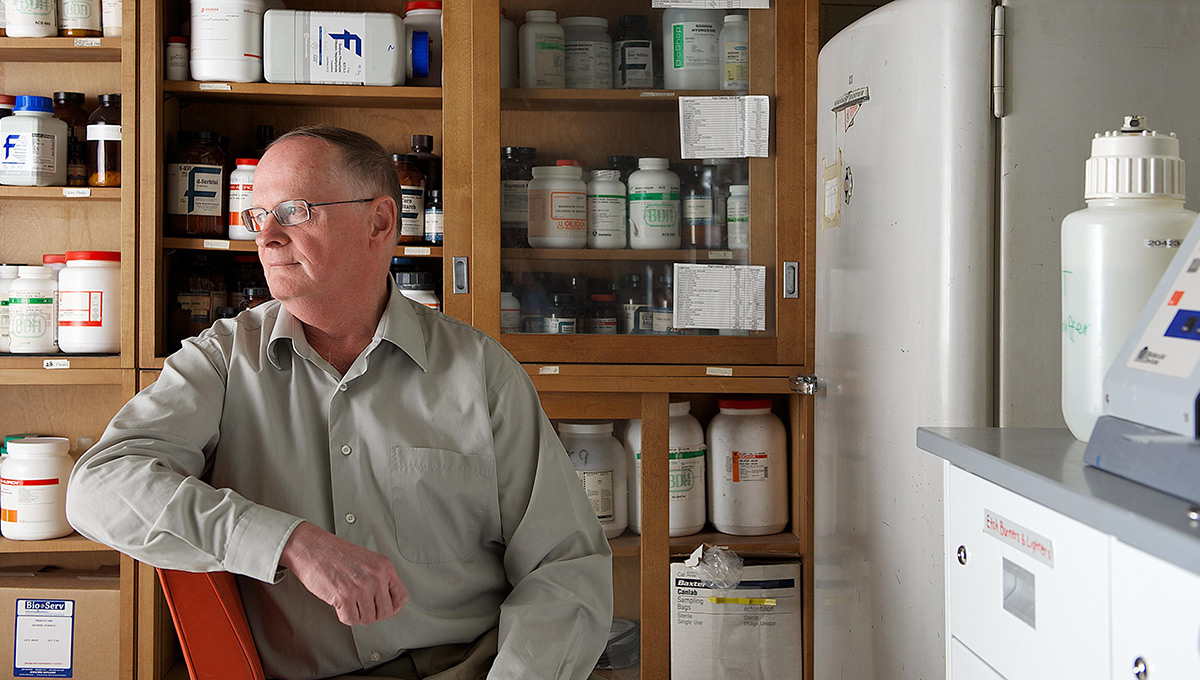
Prof. David Miller
“A rural community is a different environment, with different housing conditions,” says David Miller, a chemistry professor at Carleton and principal investigator on the project, which was funded by Canada Mortgage and Housing Corporation
“Information that is relevant in a typical urban centre might not be the right information in a rural community. For example, wood stoves are an important source of heat, but people in the city usually don’t have one, and Health Canada’s website doesn’t have information about them.
“It’s not just a matter of the type of information, but what information is in the products themselves. We wanted to see if we could improve the quality and relevance of the materials that are available to these rural and remote First Nations communities.”
Friday, January 24, 2020 in Health, Indigenous
Share: Twitter, Facebook
